Stockholm & Oslo
Two of My Favorite Cities
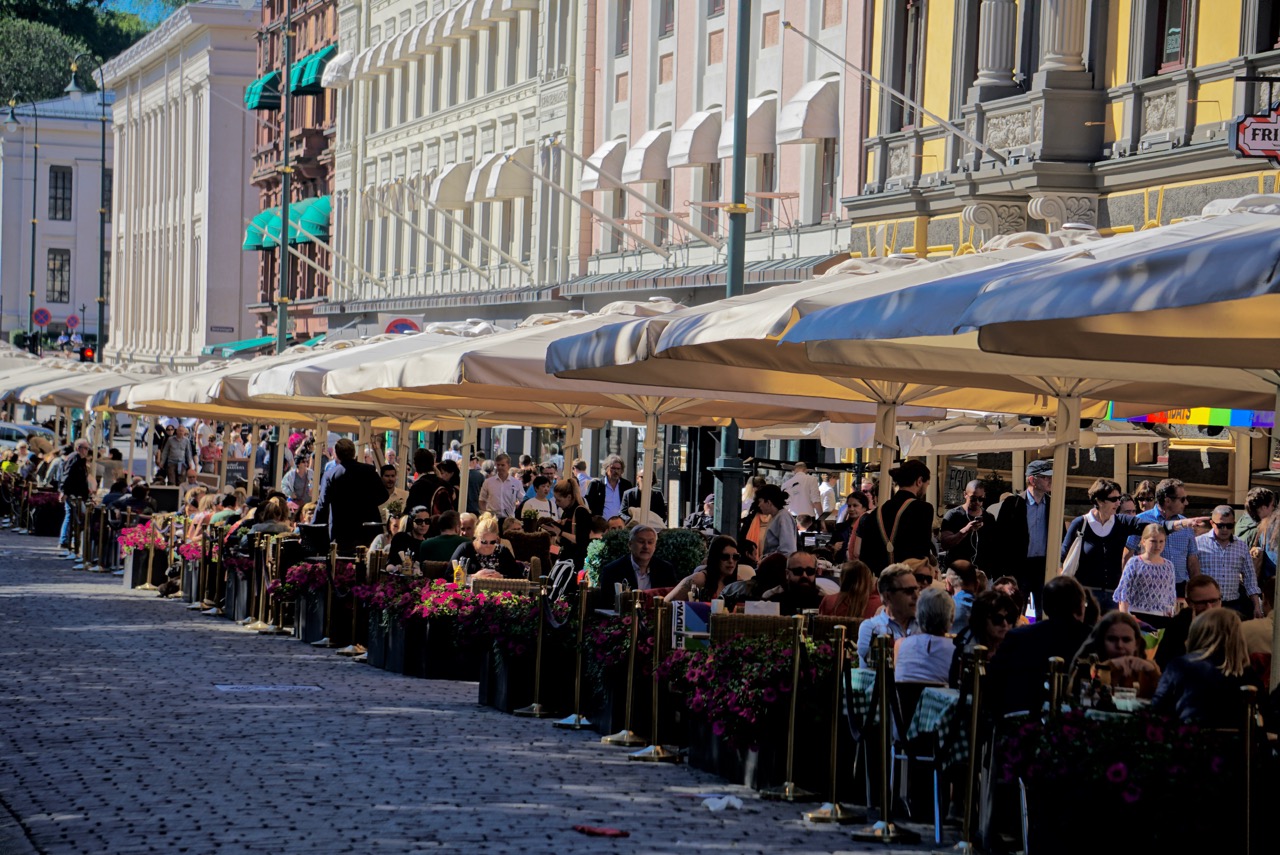
Many years ago, I was told the following joke which highlights Scandinavian cliché stereotypes:
In a ferry sailing on the Baltic Sea, two Danes, two Norwegians, two Finns, and two Swedes walk into the bar. The two Danes clap each other on the back, have some drinks, all the while laughing uproariously. The two Norwegians have some drinks while having a serious discussion about the Norwegian economy. The two Finns have some drinks and then begin fighting with knives. The two Swedes are standing around, coughing nervously, waiting to be introduced.
There’s always some true aspect to cultural clichés, which is what makes the joke funny to those who are familiar with the stereotypes. Stereotypes aside, I am impressed every time I visit Scandinavia (though I’ve not yet visited Finland, famous for its knives), with the high level of technology, artistic expression, and cultural cohesion. My travels this year consisted of one week in Stockholm, Sweden, and one week in Oslo, Norway. I have many friends in Stockholm, from my having lived for a time there in the early seventies, and having toured for several years with the band Mynta throughout southern Sweden and parts of Denmark. In Norway, I’m attending another of the annual reunions of the American and German friends dating from our time together in Kiel, Germany, in the early seventies.
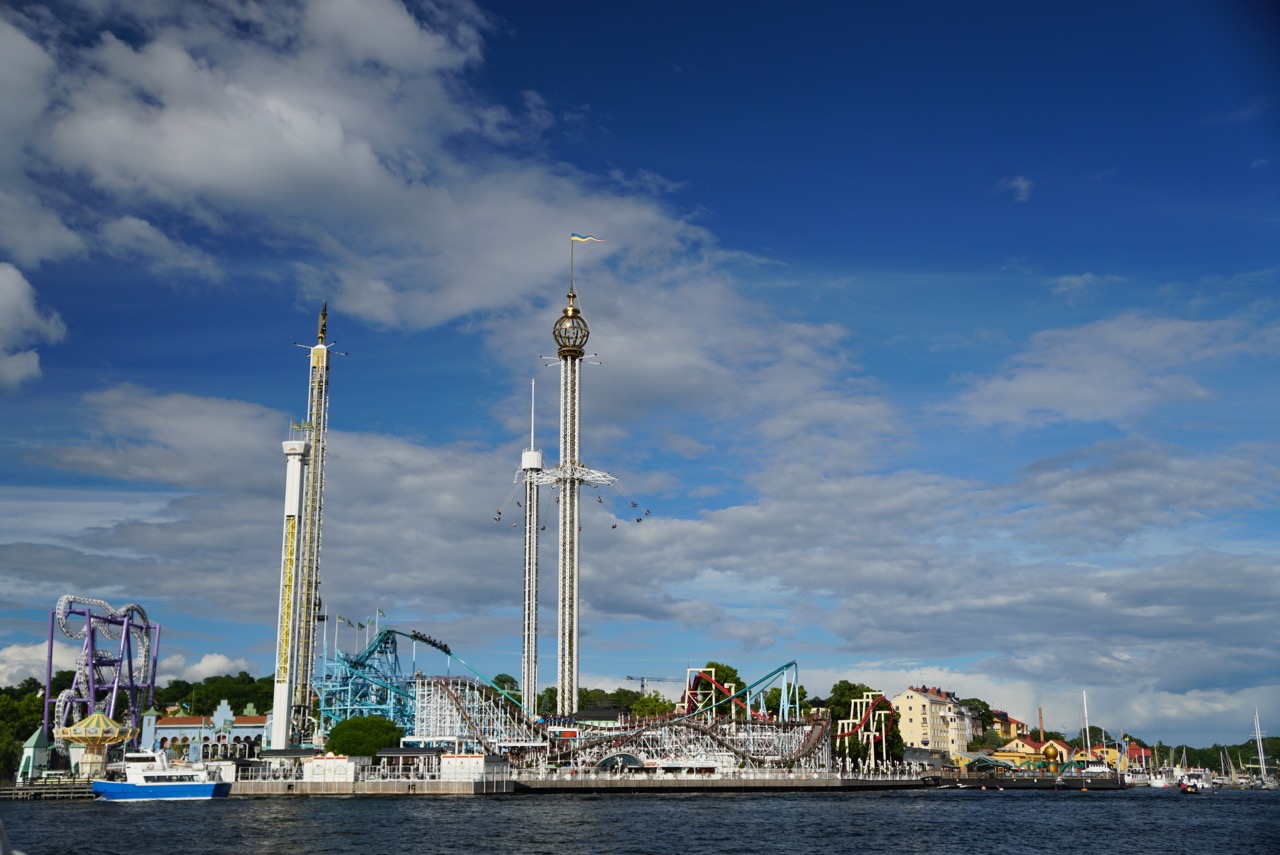
Stockholm, my favorite city
The joke overstates the perceived shyness of Swedes. I find the Swedes to be very civil, polite, and congenial, and thus perceptibly less aggressive than residents of many other large cities. Lots of people walk down the streets looking at their phones, but I suppose that’s common everywhere. The main point for me personally is that Swedes have been extremely friendly and hospitable to me in my many years of visiting the country.
My first visit to Sweden was in 1970. I’m still close to friends I met on that first visit. Then came a gap from1972 to 1984, my next visit. During that year, I met my friend Christian, leader of the music group Mynta. That was my first tour with the band, which at that time was a straight-ahead jazz fusion band. My next visit was in 1999, which is when I met most of the current members of Mynta. By the time, the band’s musical repertoire had morphed into an Indian-jazz-fusion concept, which was very attractive to me because of my long interest and study of Indian classical music. But at that time, Mynta had a great Swedish flutist/saxophonist, Anders Hagberg. In 2005, Anders left the band, which created the opportunity for me to be invited to join the band. Thanks to Christian’s booking efforts, I was able to tour Sweden (as well as several tours in Denmark) every year from 2005 through 2012, playing concerts, jazz clubs, and school programs. We also traveled to India on tour half a dozen times, on concert tours arranged by our Mumbai-based agent, Manish Savant. In the middle of my current 2017 Scandinavian visit, we received a message from Manish about another potential Mynta tour this coming September. If it materializes, I will certainly write a blog about it.

There are two “small world synchronicities” to relate. I have a good friend of many years in Reno, Scot. Growing up in Iowa, Scot’s family hosted a Swedish exchange student named Tomas Ledin. Tomas has become a musical superstar in Sweden, comparable to Billy Joel in the US. Last year, I met Tomas for the first time for conversation over coffee. This year, he was out of the country, so we weren’t able to meet, but we determined that we have other mutual Swedish musician friends. Christian and Tomas had played together in a musical in the seventies, but not since then.
Additionally, Scot and I, in a casual conversation several months before this current trip, determined that we have a close mutual Swedish friend, Micky (nickname for the Swedish name Mikael). I first met Micky in 1984. Scot had met him a couple of years earlier and had traveled to Greece with Micky. What are the odds that two guys in Reno would both be good friends with the same guy in Stockholm?
I had made plans in advance of leaving Reno to spend my first full day in Sweden with Micky. I took the subway to a station outside Stockholm where Micky picked me up. Now, Micky knows many musicians around Sweden as well as being a great networker in general. On a whim, he decided to take me to meet an renowned Chinese traditional healer whose office was close to the station, in order for me to introduce her to the CARE Channel. In the waiting area, Micky met a famous Swedish singer who was waiting for her appointment with the Chinese healer. I had the CARE at Home app on my smart phone, which I showed to the healer and the singer. They loved it. Then, the singer, Marie, having only heard a few minutes of my playing the flute, spontaneously invited me to join her for her “Toning” concert taking place the following day in an historic Stockholm cathedral.

In Marie’s Toning concert, she played a tone on a Tibetan bowl, sang the tone, and then invited the audience of several hundred to sing/hum the tone. Then she created vocalizations with the singers, in between which I improvised embellishments on my flute. The acoustics of Stockholm’s Katarina Cathedral are very long and sustained, comparable with San Francisco’s Grace Cathedral or India’s Taj Mahal. It was a wonderful experience, leading to a lunch invitation to meet her husband, Lasse, a well-known guitarist. We never got around to eating lunch. Instead we spent several hours recording a song together in their home studio. Of course, I would rather record music than eat anytime.
Here is a short video excerpt from the Toning Concert:
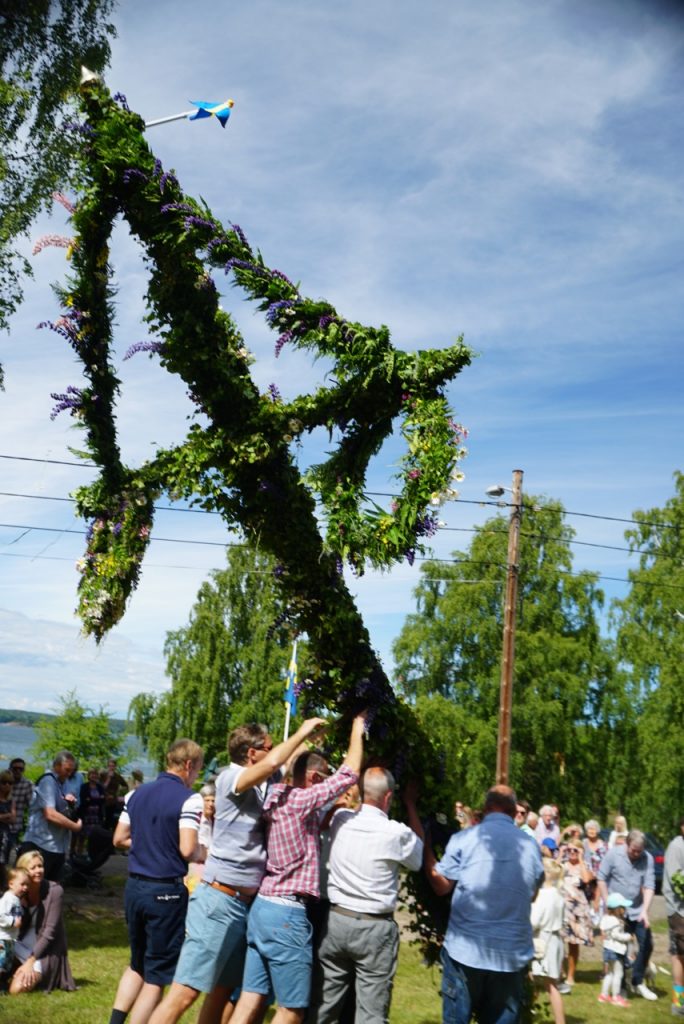
The musical experience I’ve just described is emblematic of my Swedish experiences. I have always felt welcomed socially and musically, in this hi-tech, environmentally conscious society, with the most highly evolved social justice system in the world. Sweden has always been an “sanctuary nation”, offering asylum to political refugees of all nationalities ever since World War II. In fact, Sweden has accepted more Iraqi, Syrian, and Afghan refugees per capita than any other country. (Germany has accepted the largest total number. Its population is ten times that of Sweden.)
The timing of my visit was perfectly timed for one of Sweden’s biggest national holidays, Midsommar, the longest day of the year. I joined Christian at his summer cabin in the Stockholm archipelago (which contains 20,000+ islands!) for the annual celebration in which Swedes dance around a pole adorned with flowers and sing folk songs. Alcohol was consumed, and a great time was had by all. I send a special thanks to all my Swedish friends for the friendships that I cherish, and for making my visit wonderful. Though I love the country in general, it’s my special Swedish friends that make Stockholm my favorite city in the world.
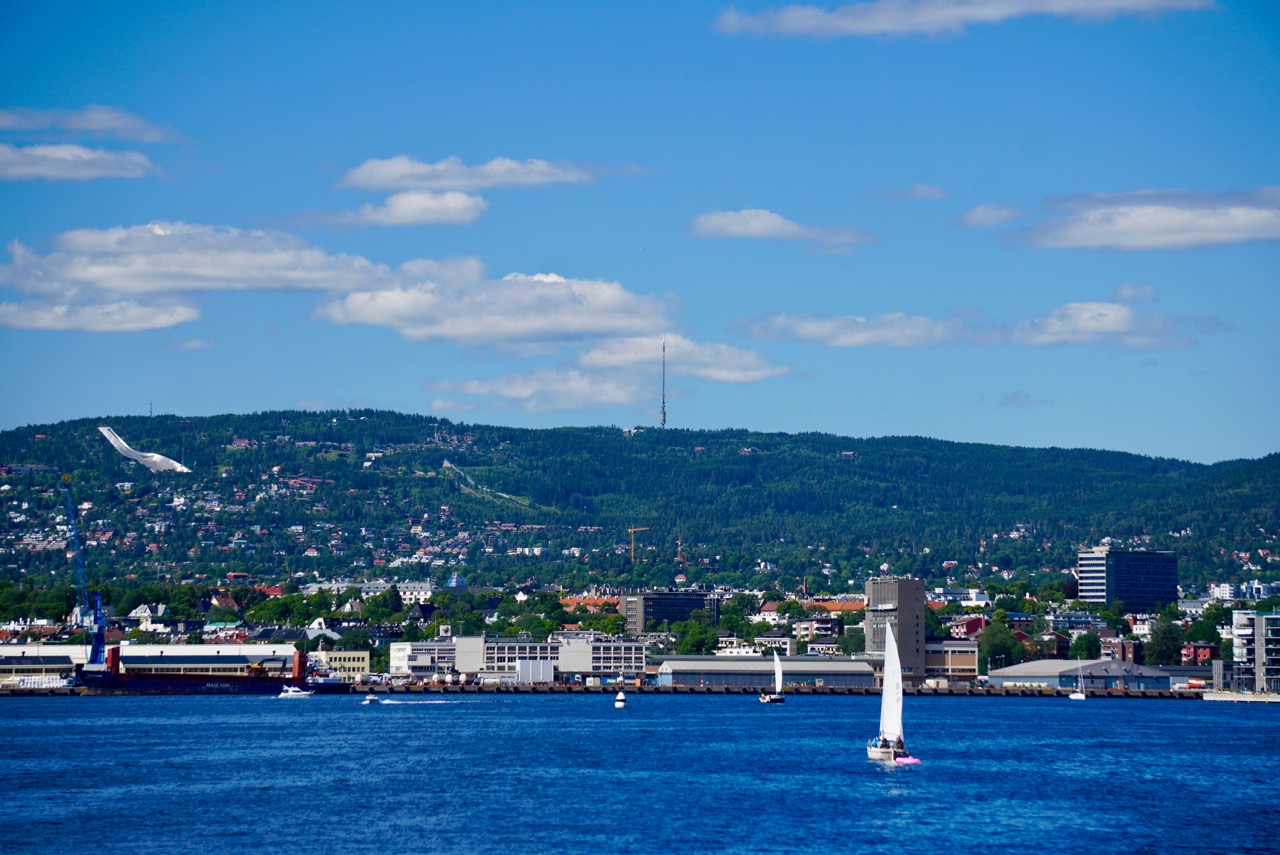
Reunion in Oslo
After speaking (thinking and dreaming) in Swedish for a week, I had to shift gears to German for the reunion of friends, the “Kieler Old Farts” that I first met in the early seventies while studying in Kiel, Germany. Everyone (except for the American girlfriend of one of our members) is completely bi-lingual in German and English, and so conversations quickly shifted between the two languages. We were equally divided between Germans and Americans (except for Per, who is Norwegian, living for many years in Germany). Due to some last-minute cancellations, we were a group of only ten people this year. Nonetheless, there is something remarkable about spending time with people who’ve known each other for at least forty-five years. We know each other’s virtues and foibles. It’s a unique type of “extended family.”

Oslo reminds me very much of Stockholm. Both cities are popular tourist destinations, being major ports, served by numerous ferries carrying people and vehicles to other islands, and with regular visits by huge cruise ships. This was my longest visit to Oslo, having visited the city twice before in years past. It is very tourist-friendly, and I learned a lot about Norway’s history through visits to some of the many museums.
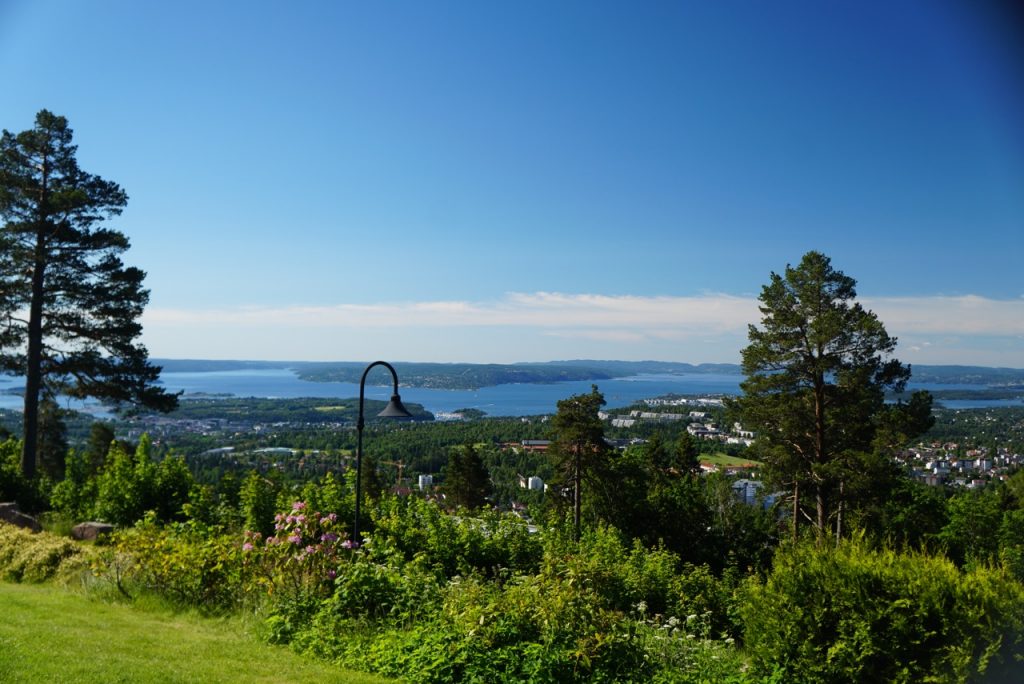
Our Norwegian-German-Captain-of-Industry-friend Per chose a hotel with a fantastic view which is located next to one of the largest ski jumps in the world and home to the Ski Museum. I learned that people have lived in these Arctic regions for ten thousand years, with the world’s oldest crude skis being found in bogs dating back over four thousand years. Ski technology continues to evolve, with young Norwegian athletes practicing on short ski-like roller blades, hoping to be future Olympic champions. They also practice for the Biathlon, a combination of skiing and target shooting developed by the Norwegian army, and now an Olympic sport.
Scandinavia in general, and Norway in particular, were the source of the Vikings, the Scandinavian marauders who terrorized people as far south as Paris and Moscow! The Vikings were the first people to develop ships capable of sailing long distances over open oceans, as compared with other nations’ boats that stayed close to shore. The Vikings settled Iceland successfully, and Greenland unsuccessfully. The Icelanders, descendants of ancient Norwegians, say that there are so few beautiful women in Ireland because they were all stolen by the Vikings and brought to Iceland. Their attempts to colonize Greenland were unsuccessful because they did not learn from the native Inuits, who were well adapted to the Arctic climate. The Vikings also sailed as far as Northern Canada centuries before Christopher Columbus.
Norway is the source country for many of the world’s greatest modern explorers. Roald Amundsen was the first explorer to traverse both the North and South poles. He accomplished this through a specially-constructed ship, the Fram (which means “forward” in Norwegian). It was designed to survive being caught in polar ice, by being tapered in shape so that it would simply be lifted by the ice instead of being crushed as happened to traditionally-shaped ships. The Fram is on display in its own museum. The large ship was dragged up on an island across the fjord from Oslo, and then the museum building was constructed around it. Impressive!
Kon-Tiki
The most famous modern Norwegian explorer is Thor Heyerdahl. His boat, the Kon-Tiki has its own museum close to the Fram. The Kon-Tiki is a crude raft made of balsa wood and other primitive materials, through which Heyerdahl proved that it was possible for ancient sailors to sail from South America to Polynesia simply by following ocean currents. The Kon-Tiki could not be steered at all. Heyerdahl had no sailing experience, and indeed, could barely swim. But his scientific drive was indomitable. Following the success and notoriety of his Kon-Tiki, Heyerdahl created the raft the Ra II, which floated from North Africa to the Caribbean islands, again by following prevailing ocean currents. Heyerdahl was the first to raise the alarm about petroleum waste pollution of the ocean by the lack of any international regulations to prohibit the harmful practices. He scientific research resulted in several important new rules regarding shipping and the preservation of cultural heritages on Easter Island and elsewhere.
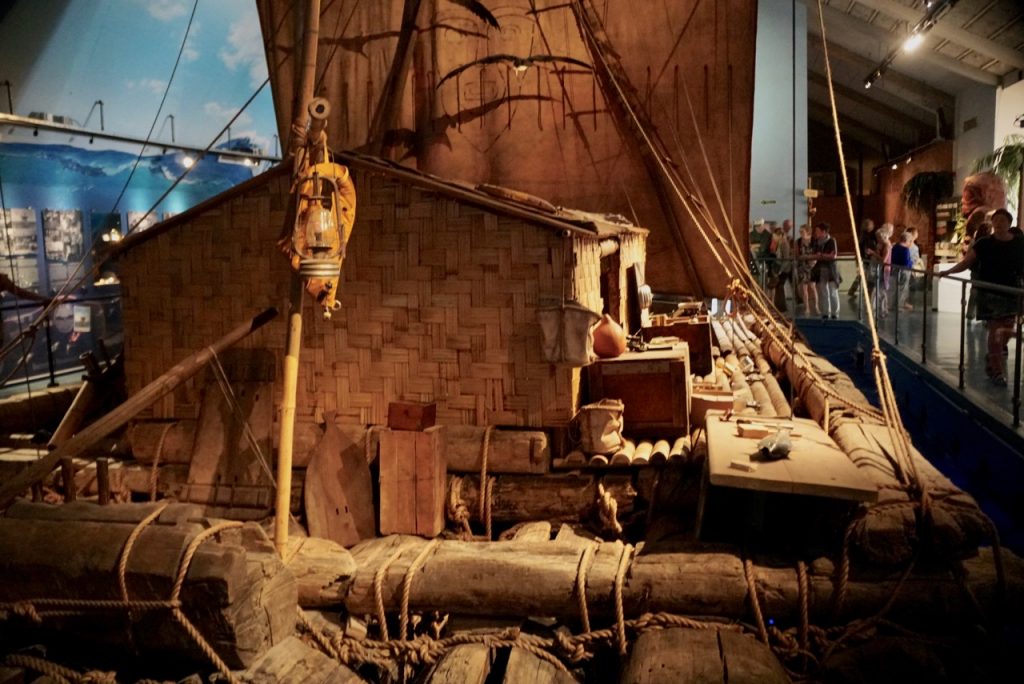
Cultural Observations
I remember well my one visit to Japan in 1983. I was impressed by the modern technology, compared with the US. Sweden and Norway impress me similarly today. Their transportation systems are very advanced. The train, bus, and subway systems are extensive and efficient. Cities are set up around their transportation networks in a way that allows many people to avoid ever having to own a car. This reduces traffic, minimizes rush hour confusion, and reduces the auto pollution present in most major cities of the world. Both Stockholm and Oslo have extensive downtown areas for pedestrians only. I wish the US would follow Scandinavia’s lead in these matters.
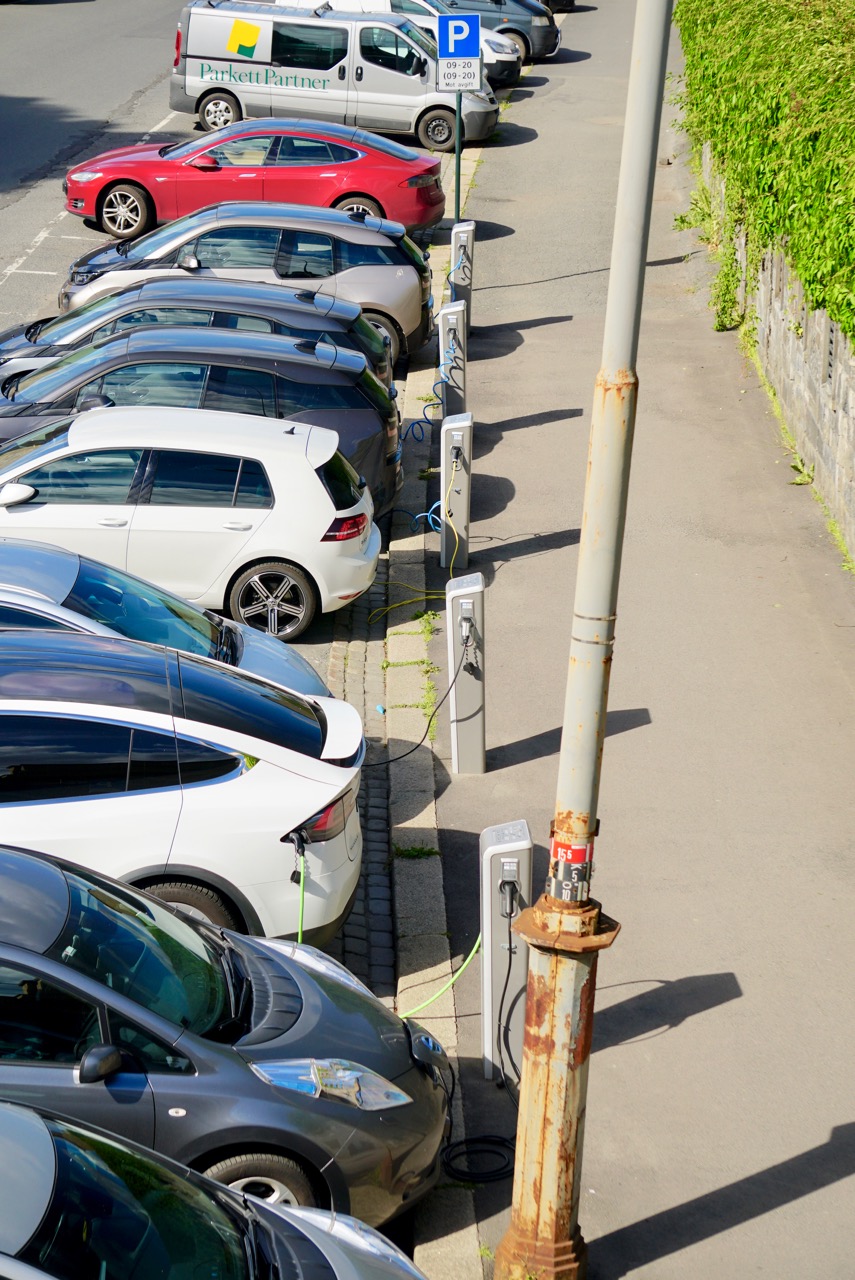
On a previous trip to Norway, Susan and I were given a tour of a Norwegian hospital by a healthcare administrator whom we had met at a medical conference in the US. I’ll never forget his opening words: “You don’t have to worry if you get sick when you’re in Norway. Here, we don’t care if you’re a Norwegian citizen or not, whether you are a refugee or criminal, or whether you are suffering from a pre-existing condition. Medical care is open and free for all in Norway.” I wish the US would follow Norway’s lead in these matters.
It’s been very interesting to talk with Per about his native Norway. Norway derives an amazing 98% (according to Per) of its electric energy from hydro-electric generators (dams). Per says that this has made Norwegians arrogant in terms of their low carbon footprint compared with every country in the world, except Bhutan which is the only “carbon positive” country, contributing more clean air to the world (from its forests) than it consumes. But since discovering significant petroleum deposits under the off-shore continental shelf, Norway has gladly sold its oil to the world, making it one of the richest countries in the world, several steps above the US. Unlike in the US, where private mega-corporations amass huge profits, the government of Norway established the “Oil Fund”, the world’s largest pension fund now approaching a trillion dollars. The fund is a national insurance policy to benefit Norwegians when the petroleum resources diminish over time. The contrast between Norway’s use of its natural resources to benefit the whole population contrasts sharply with the American oil companies that pollute the environment, resist the development of alternative energy, and corrupt our politicians, all while paying as little taxes as possible due to their extensive lobbying. I wish the US would follow Norway’s lead in these matters.
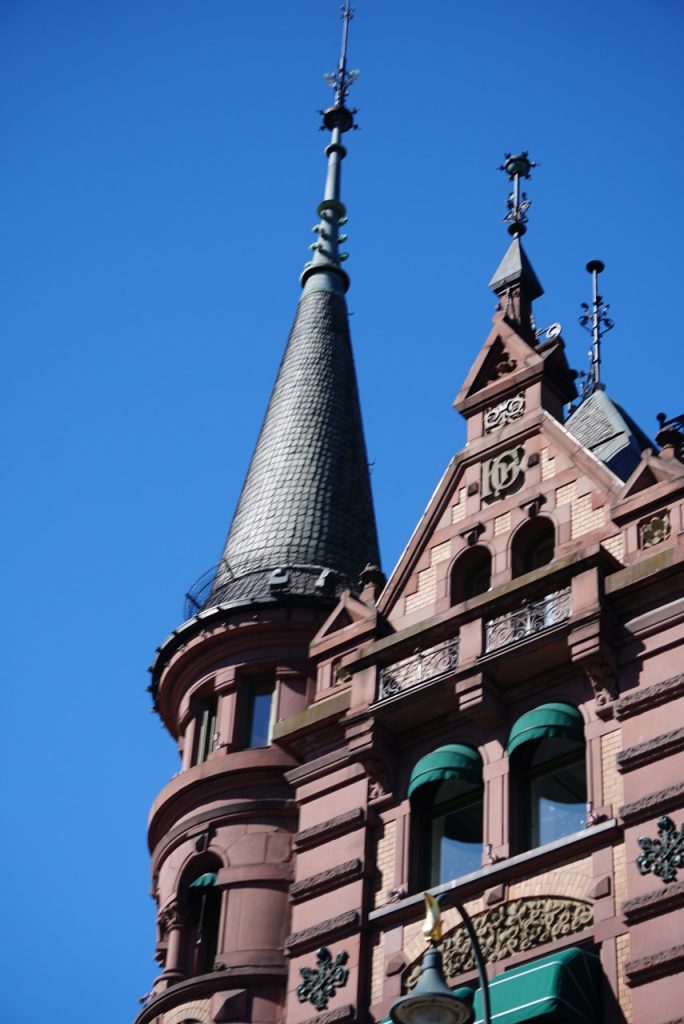
And finally, a few words about how American politics looks from Scandinavia: I haven’t met a single person who has professed any admiration for our president. Per says that he’s been good for Europe, because he’s united Europe in ways that Hillary would not have done. Per continues, he’s made Europe aware that they must depend on each other instead of the US, that they need to negotiate their own trade agreements with China, Russia, Iran, etc. While I can see how this might be good for Europe, it’s not good for the US. Europe has suffered greatly from the refugee crisis caused initially by the US invading Iraq, which led to the rise of ISIS.
I heard that commentator Fareed Zakaria believes that the Middle East was bound to disintegrate eventually, and that G.W. Bush simply accelerated the process. Trump’s sale of millions of dollars of weapons to Saudi Arabia does not help the situation. While Trump seems to hope that Saudi Arabia will act as the US’s surrogate against Iran, they might easily turn those US weapons against their traditional enemy Israel, if Israel were to wage war on the Palestinians again as it did several times in recent years. I wish that the US would follow Europe’s lead in seeking to promote trade and reduce tensions instead of selling weapons and threatening military regime change in Iraq and North Korea.
The main difference as a tourist in Europe compared with the US is that Europeans are constantly reminded of their history, by virtue of the many cathedrals, castles, palaces, and fortress walls that have survived the many historic military battles. European history seems to be an unending sequence of military and religious wars. Tourists in the US either visit our fantastic national parks or our entertainment attractions, such as Disneyland or Las Vegas. It has been observed that Europe under the European Union (EU) has experienced the longest period in Europe’s history without military conflict. The rejection of Le Pen in France and Wilders in Holland has affirmed Europe’s rejection of rightwing anti-immigrant aggressive nationalist-separatist politics. I hope the US will start to move in this political direction by the time of our next election.

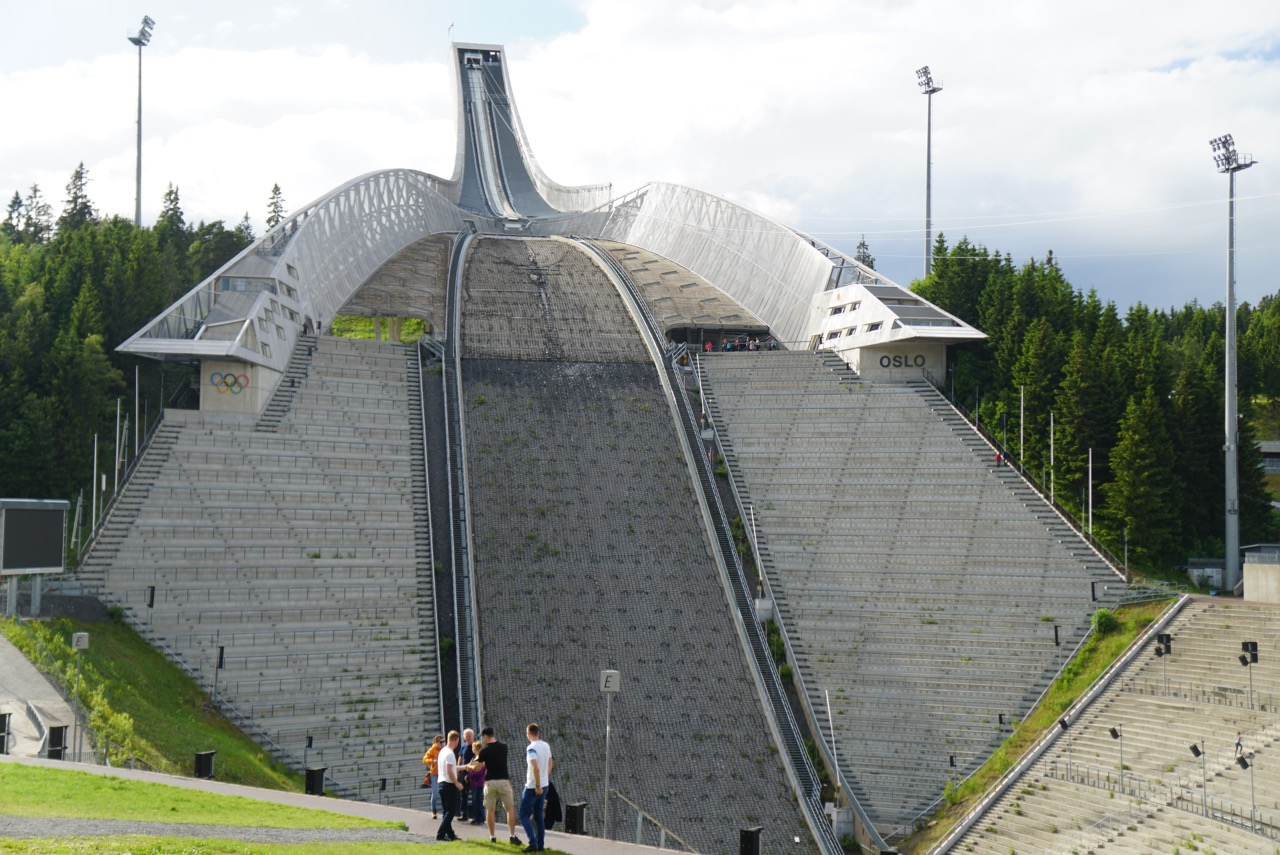




0 Comments on Stockholm & Oslo
Join the Conversation